Even experienced cave explorers aren’t immune to the dangers of trekking through wild cave systems, as the story of Floyd Collins will tell you.
Caving—also known as spelunking—is a dangerous sport in which the caver (or spelunker) embarks on an adventure inside a pitch-black cave devoid of natural light.
Their aim is to navigate through the various tight squeezes, slippery surfaces, and hazardous areas hundreds of feet below ground, often making new discoveries as they go.
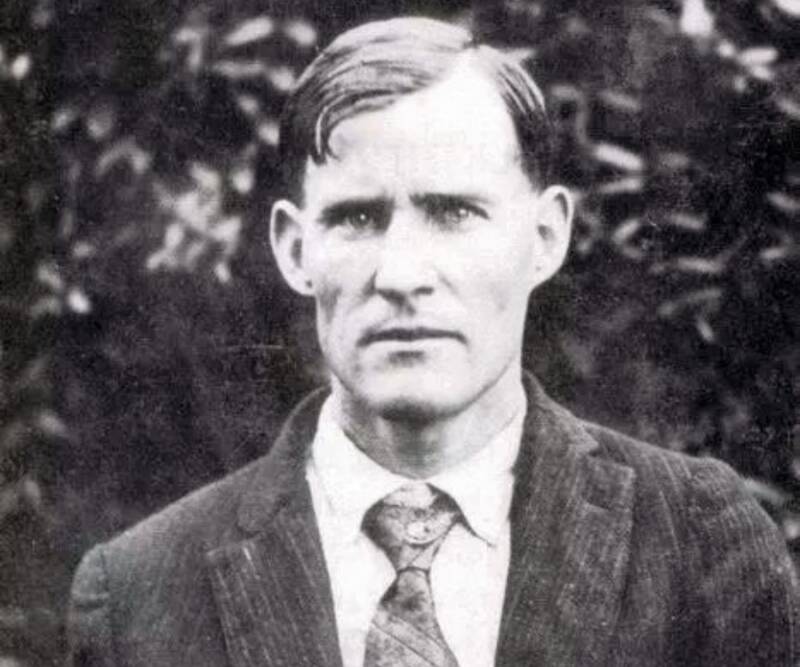

Floyd Collins didn’t just traverse the caves around his family property for fun; he did it for profit. He was a major player in what’s now known as the “Kentucky Cave Wars” of the early 1920s and would discover new caves to make money from tourists looking for adventure.
Sadly, it’s not Floyd’s admirable caving skills he’s most remembered for; it’s the horrific circumstances that surrounded his untimely passing in Sand Cave.
Floyd’s Early Life And The Kentucky Cave Wars
Born William Floyd Collins in Auburn, Kentucky, in 1887, Floyd had a rugged, outdoorsy upbringing on the family farm. His mother would pass when he was just a teenager, followed by his brother James seven years later.
Still, as a young boy, Floyd exhibited a love of the outdoors and an entrepreneurial spirit. From age six, he combined the two by exploring the caves near his home to find artifacts to sell to tourists at a nearby hotel.
The Collins family lived near Mammoth Cave, the longest cave system in the world. Floyd spent hours every day exploring these underground tunnels.
When he was 17, Floyd discovered Crystal Cave. He combined his ability to navigate the caves with his ability to make money by developing the system into a tourist attraction.
However, Floyd wasn’t the only one trying to make money from the vast caving systems of Kentucky. Other locals also did their own exploring, hoping to monetize what lay beneath their land.
Guided cave tours were popping up all over the area, making it imperative that Floyd found something spectacular for tourists to ensure they visited his cave.
He found that in Crystal Cave. However, there was a problem: the cave was in a remote location beside the rarely used Flint Ridge Road. Tourists rarely passed through the area, and making a profit from the cave proved difficult.
So, Floyd had no choice but to go back to the drawing board and find a cave that was interesting and near local amenities. He went back to exploring the caves, searching for something he could make money from. He quickly found what he was looking for: Sand Cave.
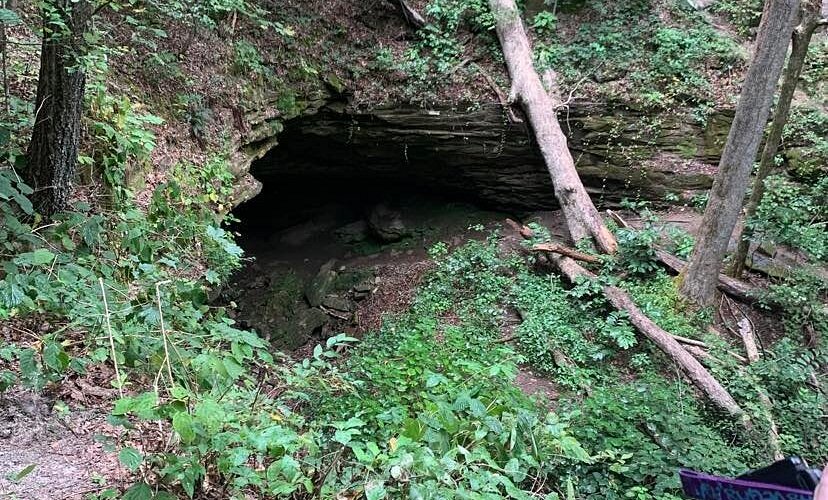
However, the cave was underneath the land of a local farmer. This didn’t deter Floyd, who managed to come to an agreement with the land owner: he would split all profits with him if he could make the cave fit for the public to visit.
He quickly began trying to commercialize the cave, making the entrance bigger and trying to create a pathway to a grotto he’d discovered inside.
Floyd believed he had stumbled upon a goldmine.
In reality, the discovery of Sand Cave would be the catalyst for his demise.
Trapped Underground
Fueled by the thoughts of riches coming his way, Floyd set about thoroughly exploring Sand Cave on January 30, 1925. As always, all he carried with him was his kerosene lamp to light his way through the midnight-black tunnels and passageways.
It became clear early on that exploring the cave would be challenging; the passages were tight, and the ground was slippery. Still, Floyd knew that Sand Cave was worth prospecting and continued forward.
Eventually, he found himself squeezing through a small passageway he had to crawl through on his stomach.
He had barely an inch between his body and the cave as he crawled onward, pulling himself forward with one arm while keeping the other beside him. He kept the lamp before him, pushing it forward as he dragged himself further into the cave.
By this point, Floyd was over 50 feet below the ground. Suddenly, his lamp began to flicker in front of him at what felt like mere meters from a new discovery in the cave.
He had no choice but to retreat. If the lamp died on him, Floyd wouldn’t be able to see his hand in front of his face, let alone navigate his way out of the cave. So, he quickly headed back the way he came, only to accidentally knock his lamp over.
The cave was now pitch dark.
Floyd slowly began to shuffle back along the walls he was encased in and put his foot on what he thought was part of the cave wall.
As he did, the cave rumbled, and a 26.5-pound rock came tumbling from above. Floyd tried to lunge forward, but the rock caught his left leg and trapped it tightly against the cave wall.
No matter how much he struggled, Floyd was unable to free himself.
More debris came crashing from above, pooling around his body. He was well and truly stuck.
Worst of all, because Floyd spent the majority of his time exploring the underground, people wouldn’t immediately notice if he weren’t around. He knew he was going to be waiting a while for help to arrive—if it ever would.
The Rescue Mission
Floyd spent the night in the cold, dark, claustrophobic passage, hoping his neighbors would pick up on his absence the following day. Luckily, they did.
They set out to look for him and noticed his coat was still hung up outside the entrance of Sand Cave. However, none of the townsfolk were skilled cave explorers like Floyd, and none of them dared venture too far into the dark tunnels.
Floyd had made his way through several tiny passages to get to his position, and none of his neighbors were able to follow that tricky route. They did, however, manage to hear his pleas for help, and alerted his brother Homer to the situation.
Like Floyd, Homer was a confident spelunker. He managed to get close enough to his brother to pass him hot coffee and food.
Meanwhile, outside the cave, the locals and law enforcement were thinking of ways they could pull off a rescue.
Eventually, they devised a plan that would see Floyd hoisted from his position by strapping a harness around him and pulling him out with a rope.
In theory, this sounded reasonable. In practice, however, it only injured Floyd further by banging him against the cave walls.
The next idea was to dig the rubble and debris from around Floyd and lift the rock from his leg, enabling him to pull himself free.
However, this would take some time, so all the locals could do was offer Floyd food, water, and lighting as the rescue efforts took place.
By this point, hundreds of people had congregated outside the cave entrance, intrigued by the predicament Floyd was in. Many people believed the whole thing was a stunt, designed as some kind of marketing tactic to announce the grand opening of Sand Cave.
Days passed, and the rescue effort wasn’t moving along quickly. On day four, the attempt to save Floyd was thwarted when the cave passage collapsed, setting rescuers back days, if not entirely.
It was decided the best course of action was to dig a shaft downward toward Floyd through 50-plus feet of dirt, rubble, and boulders. All the rescuers had to carry out this task were shovels and pickaxes.
By now, the crowds had expanded from hundreds of people to thousands of people. Some of the spectators pitched tents outside the cave entrance, and lit fires to warm themselves during the cold winter night.
By doing so, they inadvertently caused the natural ice within the cave to melt and create puddles of cold water. Unbeknownst to them, Floyd had to lay in one of them.
As Floyd lay helpless deep within Sand Cave, on the surface, tens of thousands of people had now congregated. Local businesses saw this as an opportunity to set up stalls selling coffee, food, and artifacts.
At one point, a local reporter named William Burke made his way to the cave and wanted to do more than just spectate or report on what was happening at the scene. He wanted to enter the cave and see if he could get close enough to Floyd to interview him.
Despite not being an avid spelunker, William was small-framed and felt as though he would be able to squeeze through the tight and claustrophobic space to get to Floyd.
After all, William’s nickname was “Skeets” because his friends joked that he was no bigger than a mosquito.
William’s slight build—he was just 117 pounds and small in stature—ensured he did get close to Floyd, though he would get a shock when he came face to face with the trapped caver.
His lips were purple, his face gaunt, the distress in his eyes and the suffering in his voice were all testament to just how traumatizing Floyd’s situation was.

The reporter prayed with Floyd, knowing that if he wasn’t rescued shortly, he would perish.
On Monday, February 16, the rescue workers had finally dug the shaft to reach Floyd, though it would be too late. He was unresponsive, clearly having passed days earlier. The exact cause was due to exposure, exhaustion, and starvation.
Still, it took months for his body to be retrieved and for him to be given a proper burial.
In 1927, Floyd’s father sold the family home and Crystal Cave to local dentist Harry Thomas. However, the new owner went to extreme lengths to attract customers to the cave, exhuming Floyd’s body to display inside the cave.
Two years later, the body was stolen, only to be found nearby, with Floyd’s left leg missing.
He now rests at Mammoth Cave Baptist Church Cemetery at Mammoth Cave.
Floyd Collins suffered dearly in an attempt to make his cave a popular tourist attraction.
In a twist of cruel irony, he would succeed posthumously: Crystal Cave would finally go on to become a money-making tourist attraction after his passing sparked fresh intrigue toward the rural cave.
Sources
https://www.nps.gov/articles/000/tragedy-at-sand-cave.htm
https://drivingbackroads.com/2024/08/16/the-death-of-floyd-collins/


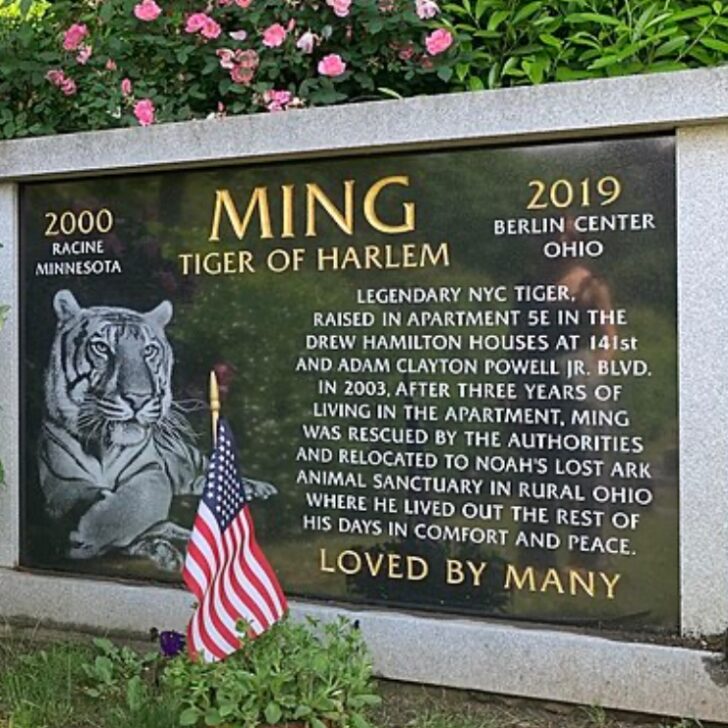

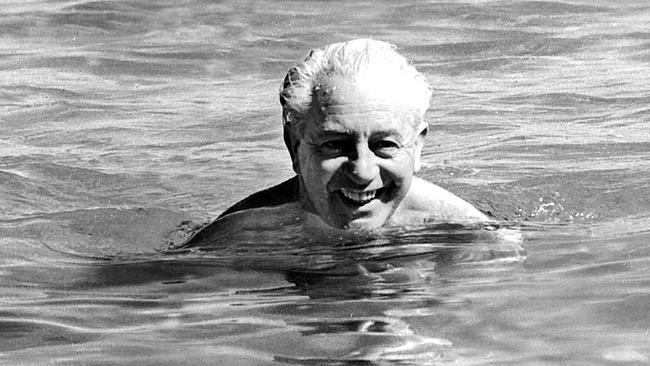





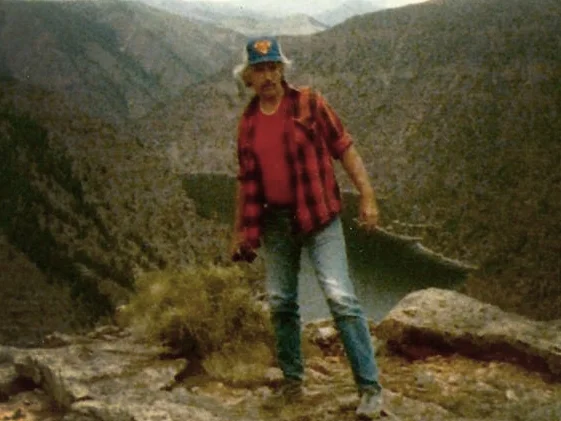
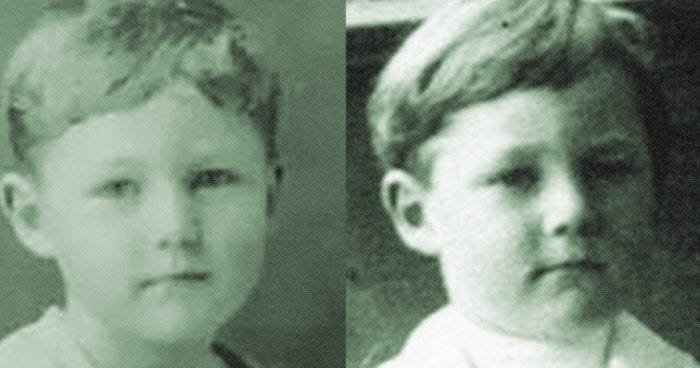

Leave a comment